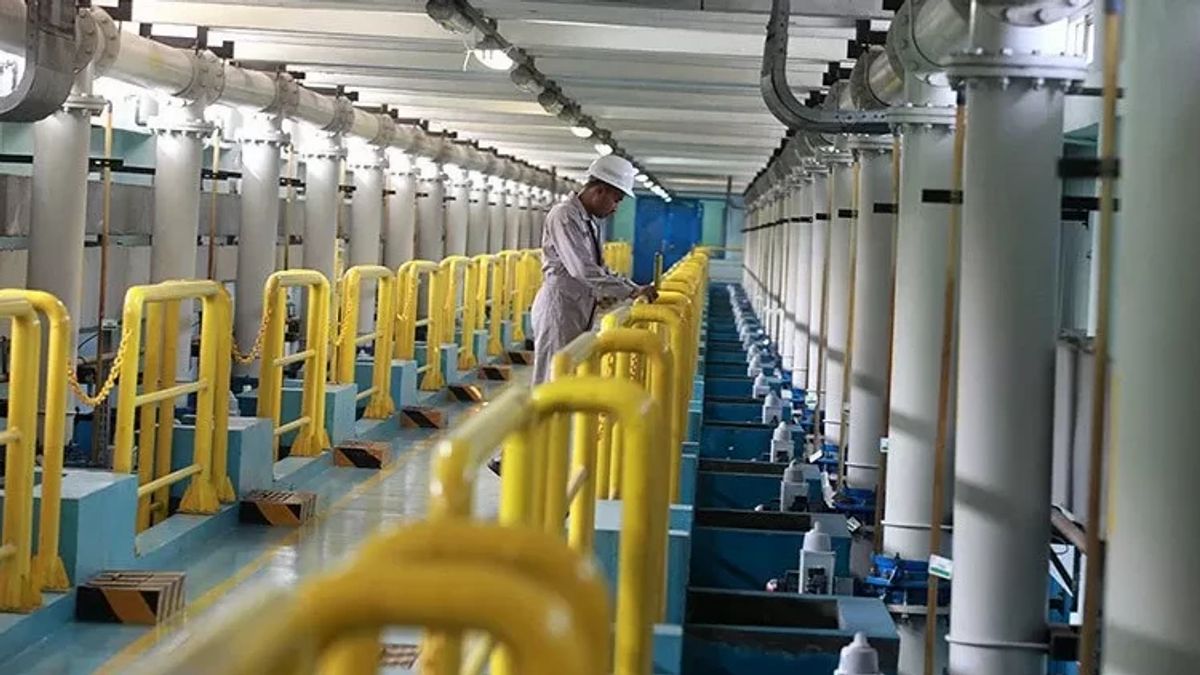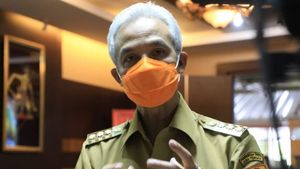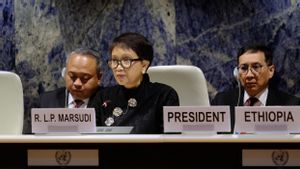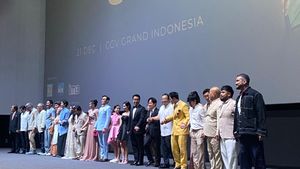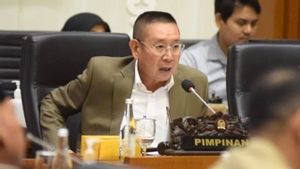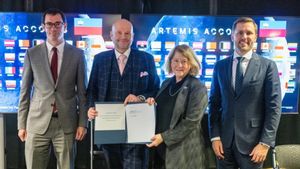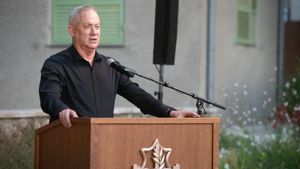JAKARTA - Main Director of PAM Jaya Arief Nasrudin describes a number of challenges faced in achieving full service or 100 percent coverage of piped water services in Jakarta.
As of 2022, PAM Jaya's service coverage will still reach 65.85 percent in the Capital City area. Meanwhile, BUMDs in the field of drinking water services are required to pursue achievements of up to 100 percent by 2030.
Arief admits that limited water sources are one of the factors causing the coverage of clean water services to not be optimal.
"Currently, 81 percent of raw water sources in DKI Jakarta are obtained from Jatiluhur, 14 percent from Tangerang, and only 5 percent are obtained from water sources in this city," Arief said in a focus group discussion (FGD) which presented a number of stakeholders in Jakarta, Tuesday, February 28.
The lack of raw water sources in the Jakarta river has resulted in PAM Jaya having to take more raw water from outside the area. The factor that makes it difficult to process raw water from within the province is river pollution.
"Results of water quality tests by the Environmental Service in five areas of DKI in 2021 stated that samples taken from DKI Jakarta rivers indicated 1 percent was lightly polluted, 20 percent was moderately polluted, and 79 percent was heavily polluted," said Arief.
Another challenge is that the area is quite large, so there is a difference in water pressure. In areas far from the PAM JAYA water treatment plant (IPA), residents will experience less water pressure than residents who are near the IPA when the taps are opened simultaneously.
"For example in Marunda Kepu, North Jakarta, which is adjacent to the sea. The condition of low supply was apparently caused by low pressure in the area. So, the solution we came up with was to build a communal reservoir accompanied by a boost pump," he explained.
VOIR éGALEMENT:
The communal reservoir principle referred to by Arief is carried out by storing water in the reservoir during hours when water is not much used. Then, the water reservoir is pushed by a pump to residents' homes.
"We will replicate this solution which has proven successful in several areas, such as Cilincing Huk Cacing Street, STIP Marunda Makmur Street, Reservoir Pluit – Muara Baru Street Penjaringan, Tamansari District, Gombol Paya – Kalideres, Booster Pump Tambora, Duri Kosambi and Kebon Kosong," he explained.
Therefore, in this FGD, Arief said that his party was open to information from several elements, starting from academics, residents, and experts so that a solution to the water problem in DKI Jakarta could be formulated appropriately.
"PAM Jaya wants to get a more comprehensive perspective on the water management mechanism that has developed and be able to identify the variables that exist in an area with low water pressure," added Arief.
The English, Chinese, Japanese, Arabic, and French versions are automatically generated by the AI. So there may still be inaccuracies in translating, please always see Indonesian as our main language. (system supported by DigitalSiber.id)
